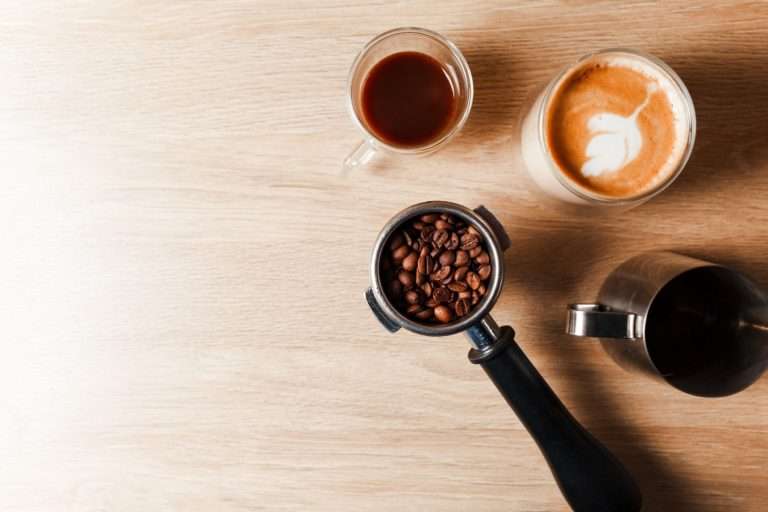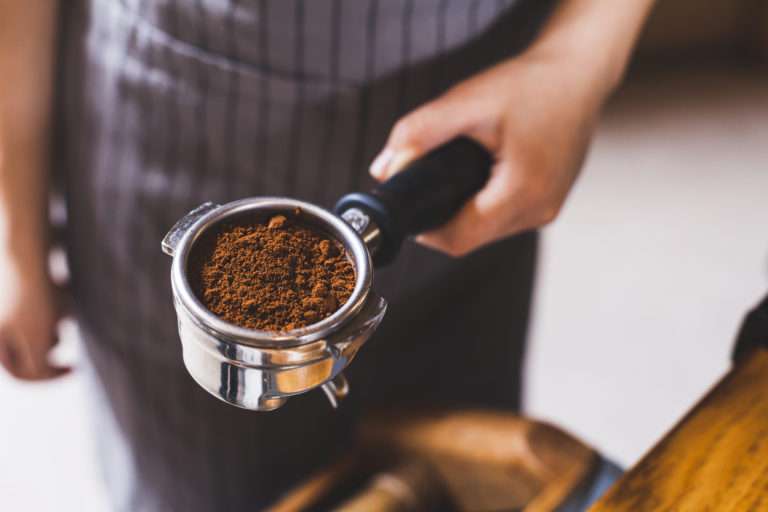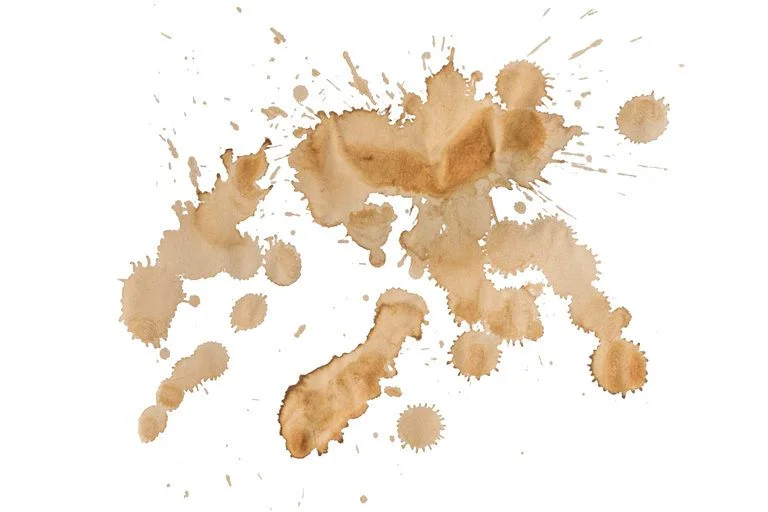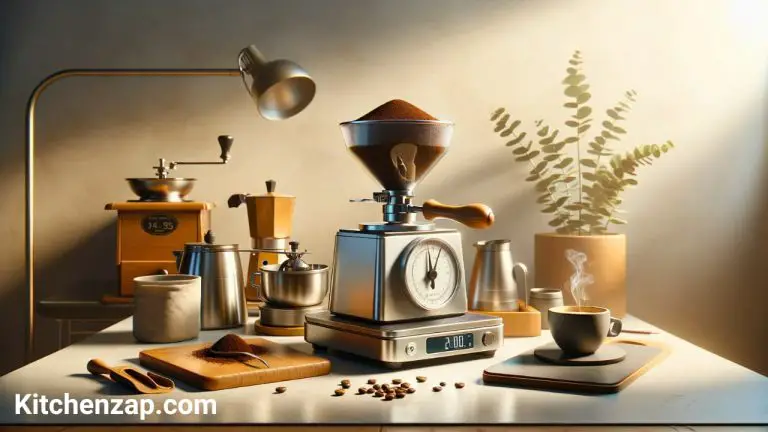The Ultimate Guide of How to Make Coffee Moka Pot
A stovetop espresso maker, the moka pot is a classic Italian piece of coffee-making hardware that’s been around since the early 1930s.
Originally patented in 1933, the moka pot has dominated the home espresso making field for almost 100 years – not only becoming one of the best ways to make a perfect cup of Italian coffee, but also becoming a bit of an icon for those that are serious about their favourite cup of Joe.
At the same time, learning how to use moka pot technology is sometimes a little more complex than you might expect from a piece of coffee making hardware cooked up before World War II.
There’s definitely a little more hands-on work necessary compared to today’s almost all digital options, but with a little bit of extra effort you’ll learn all there is to know about how to make coffee moka pot – and you’ll get to enjoy all the benefits of a delicious, perfect cup of espresso at home, too.
In the rest of this quick guide we are going to cover pretty much everything there is to know about using a moka pot. We cover finding the right hardware for your needs and your budget, common moka pot instructions, how to use a Bialetti mocha café, and so much more!
By the time you’re done with all the inside info we highlight below you’ll be making high quality of espresso in just a few minutes without spending a small fortune at local cafés and coffee shops.
Let’s dig right in!
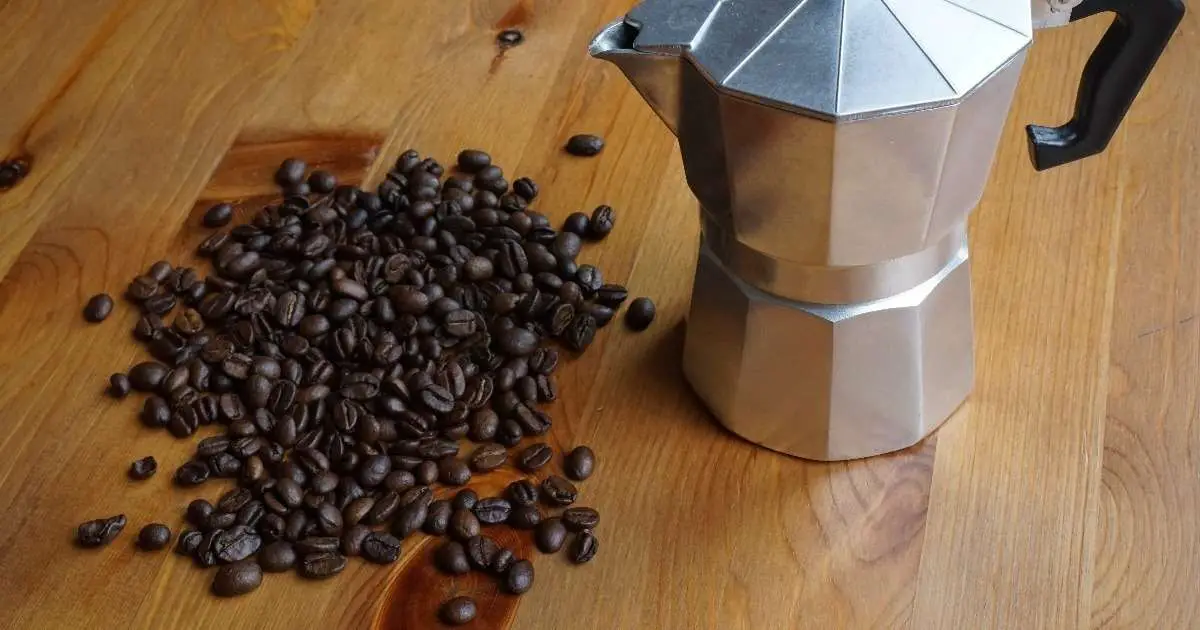
What is a Moka Pot?
Before we learned how to make coffee moka pot, we should know what is a moka pot. Even though moka pots are regularly sold as “stovetop makers” they aren’t just limited to making espresso, and aren’t even technically espresso makers when you go by the strictest of Italian “rules” regarding this type of coffee.
Espresso coffee has to be extracted at between nine and ten bars of pressure according to the most traditional “rules”, but the most bars of pressure you’re ever going to get out of a moka pot usually hover around two bars total (if that).
- CRAFT COFFEE AT HOME: Produces six demitasse/espresso servings of rich, smooth espresso coffee in minutes. Craft your…
- The original moka coffee pot: Moka Express is the original stovetop espresso maker, it provides the experience of the…
- Enjoy an aromatic daily ritual with our elegant, matte grey stovetop espresso maker. Our traditional Italian design…
Now, it’s important to understand that this doesn’t mean that your moka pot coffee or espresso is going to taste any worse than what you get from a traditional espresso maker capable of that kind of pressure.
In fact, the overwhelming majority of people aren’t ever going to be able to taste the difference between moka pot espresso and traditional espresso (with the sole exception of people with incredibly sensitive pallets). For all intents and purposes moka pot espresso is just as good!
At its core, however, a moka pot is a very simple and very straightforward piece of coffee brewing hardware that has a very iconic design and style that looks a bit like an aluminum teapot on steroids.
Often using a coffee to water ratio that gets as high as 1:7 there aren’t a lot of “moving parts” inside of a moka pot like you find in modern (and much more expensive) coffee makers today.
Electric Coffee/Moka Maker 3-6-Cup
You can break this hardware down into three core components, components that all of these coffee systems share – including the iconic Bialetti moka express.
These three parts include:
- The boiler
- The filtration mechanism and
- The coffee collection chamber
- The original moka coffee pot: Moka Express is the original stovetop espresso maker, it provides the experience of the…
- ✅【Premium Stainless Steel】– We use food grade stainless steel to guarantee the quality. It is corrosion…
- ERGONOMIC DESIGN: The avoid heat handle and lid knob ensure safe dumping. The ergonomic handle is comfortable to hold,…
The boiler part of a moka pot is (obviously) where you’re going to boil the water you use for coffee before moving it through the filtration mechanism (usually a metal screen) whereupon the finished coffee is held in the collection chamber.
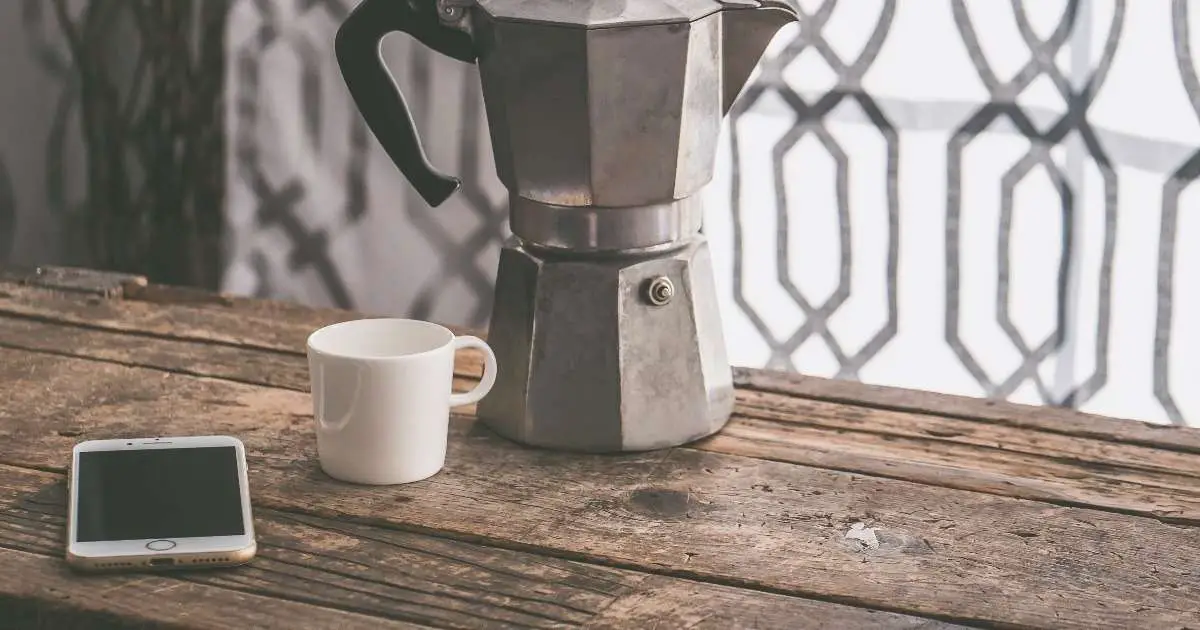
Brewing with a Moka Pot
As a general rule of thumb isn’t going to take a whole lot of heavy lifting to figure out how to use a moka pot, but it is a little bit different than using your traditional coffee or espresso machine.
For starters, you’re going to want to fill up the filter basket component of the moka pot with the coffee that you are working with before you do anything else.
You want to make sure that you are using grind coffee for moka pot purposes expressly, especially if you are purchasing already ground coffee. You’re going to need something that offers a relatively fine grind – an espresso grind – or you won’t be able to unlock the full flavor of the coffee that you are working with.
Some companies sell a coffee grinder for moka pot purposes but that kind of specialty equipment isn’t all that necessary if you have a grinder that’s capable of espresso grinds. Buying preground coffee and a lot of that heavy lifting for you.
The next thing you’ll want to do is make sure that you have filled up the boiler part of your moka pot water (cold water), filling it right up to the internal line scribed on almost all of these coffee systems.
If your moka pot doesn’t have a fill line you want to make sure that you bring the water level right up to the bottom of the relief valve as that guarantees that your coffee to water ratios are picture-perfect.
The last thing you’ll have to do is set your moka pot on top of the heat source (almost always your stove), heating with medium temperatures until your coffee is ready to rock and roll.
It isn’t going to take very long at all for your coffee to be ready (usually five minutes or less from start to finish), and you’ll want to be sure that you are controlling the temperatures of your heat source as best you can to avoid boiling to quickly or slowly simmering your coffee for too long.
This is where a lot of people have trouble figuring out how to make coffee using moka pot hardware. A lot of people ask “why my moka does bad coffee”, never realizing that it isn’t the moka pot itself to blame but the uneven, too slow, or too fast heating going on inside the boiler chamber.
Obviously make sure that you have screwed the upper collection chamber of your moka pot on tightly before you get started.
You’ll need a rock solid seal, something that every moka pot how to guide out there will tell you is a huge piece of the puzzle not only to making great coffee (and guaranteeing coffee doesn’t leak all over your stove) but it also makes figuring out how to clean a moka pot a lot easier, too.
Like a traditional teapot this piece of coffee making hardware is going to start to steam a bit as you get to the end of the process.
It’s critical that you get your hardware off of the heat source ASAP when it starts to steam, as leaving it on the stove can cause you to overheat your coffee grounds, scorch them, and release a lot of bitterness into your coffee that wouldn’t (and shouldn’t) have been there in the first place.
Related Article:
How to Buy a Stovetop Coffee Percolator
Troubleshooting Moka Pot Coffee Results
Now that we have covered all the basics of learning how to make coffee using moka pot hardware it’s important to dive a little bit deeper into troubleshooting some of the common issues you might have as you’re getting used to this brewing hardware.
Think of this a little bit like a survival guide about how to make moka coffee that you are going to love every single time out. With these tips and tricks you’ll know how to tweak the brewing process so that you get a perfect cup every single time!

FAQs
Closing Thoughts
At the end of the day, learning how to make coffee using moka pot hardware is a lot easier than most people make it out to be – particularly if you’re using high-quality equipment like the Bialetti systems, for example.
Use the inside information we highlighted above, the tips, tricks, and strategies to brew great coffee with this hardware, and you’ll never have to buy expensive coffee from cafés or coffee shops ever again.
You’ll be able to make your own at home almost effortlessly!









